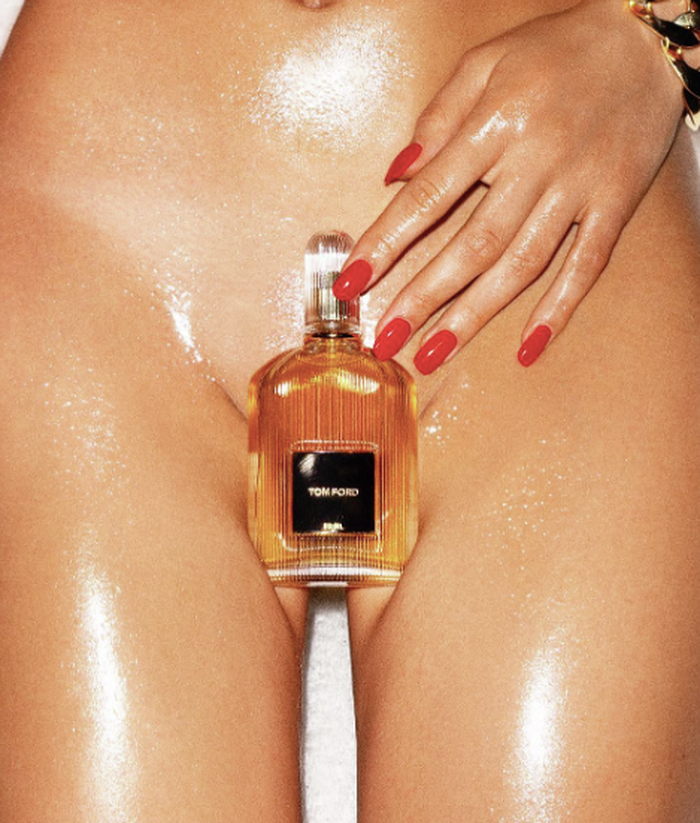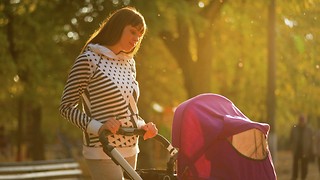There’s more to fashion photography than meets the eye
Zoe Barnes takes us through the history of fashion photography and reminds us of its importance in the industry
Photography is a huge part of fashion. If you’ve ever flicked through a copy of Vogue, you may wonder at how many pages you get through before reaching the contents, and that is because the advertising and the images are so central that one almost starts to wonder if the words were just added to break up the images, rather than the other way around.
“From these earliest beginnings, then, fashion photography has been more than about just the clothes: it has been about selling a fantasy”
In the musical film Funny Face, Fred Astaire plays a fashion photographer who takes on a novice model played by a Audrey Hepburn to become the new face of the fictional Quality magazine, photographing her in a number of locations around Paris. In each location, the instructions vary from, “You have balloons and are very happy” to “You are Anna Karenina and may never know love again”, whether in front of the Arc de Triomphe, down the great steps of the Opéra Garnier or in a market stall, clutching armfuls of brightly coloured flowers. It is clear then that fashion photography is not only key to selling fashion, but to expressing it as an artistic form.
In 1911, photographer Edward Steichen was dared by Lucien Vogel, the publisher of Jardin des Modes and La Gazette du Bon Ton, to depict fashion as a fine art. A subsequent series of photos for the magazine Art et Decoration showed models posing at the bottom of marble staircases or in front of ornate mirrors, dressed in Poiret, under the title, ‘L’art de la robe’ - the art of the dress. From these earliest beginnings, then, fashion photography has been more than about just the clothes: it has been about selling a fantasy.
In 1923, Steichen started working as a photographer for Condé Nast, becoming known as the best and certainly the highest paid photographer in the world at the time. But it is also worth noting that Steichen studied Fine Art, turning to photography when he realised that he would never have the success as an artist he desired, and declaring that he would not participate in the great argument of the time as to the artistic merits of photography over painting. In a way, Steichen’s career and work can be considered a starting point for almost any discussion about the development and value of fashion photography.
Sarah Moon, a French model-turned-photographer, is also known for her interest in art and treating fashion photography as something beyond merely the advertising of clothing. Her work is noted for its vague, soft and often impressionistic style, an avant-garde photography that ensured Moon’s solo exhibition in 1992 at the Staley-Wise Gallery, in New York. In many photos, it’s impossible to see the details of the clothing, and yet it is still fashion photography, and these notions are imprinted on the way fashion photography is framed nowadays.
Javier Vallhonrat, another photographer who studied painting and fine arts before turning to photography, focuses on composition, balancing colours, often pastels and jewel tones, but will also draw the focus to the environment in which the model finds themselves. These two photographers are wildly different in approach, yet both centre around fashion and both push themselves as photographers and artists.
Certainly, fashion photography was pioneering in the development of photography. Where fashion photography is most often conducted for advertisements or fashion magazines, traditional photography had to be altered to create something suited to reproduction of details in newsprint, involving natural light and low contrast. Yet, fashion photography is also distinctly different to other forms of photography, developing its own aesthetic in which the fashions depicted are enhanced by the presence of exotic locations and luxurious props and accessories, selling the fantasy as much as the clothing.
It is also worth noting that fashion photographers have moved beyond the frivolous in their portrayal of clothing, working to document surrounding issues, allowing for a documentation of different eras, both as social history and in keeping with event. Consider Cecil Beaton’s famous Fashion is Indestructible from 1941, where a fashionable woman looks upon the rubble of Middle Temple in London; this is the Second World War contextualised by fashion.

Zooming in on sexual abuse in fashion
Photography can add to the general feel of luxury and clothing as art, but it could also be argued that the storytelling involved may detract from the clothing. Richard Avedon, who did not conform to standard techniques of fashion photography where the models are indifferent to the camera and often emotionless, showed many models in action and laughing. One of Avedon’s photographs that bears mentioning is Dovima with Elephants, which is almost surreal in its juxtaposition of the famous model Dovima and two elephants. Animal cruelty aside, it is visually striking, combining fantasy and reality, contrasting youth and age, sizes and freedom with captivity. Dovima is wearing a Dior gown, which in any other image would take centre stage. It is difficult to know whether the setting and artistry detracts from or compliments it, creating a vision as to the free, beautiful, strong woman who wears Dior clothing, but the point is that it is easy to discuss the image and the composition without ever discussing what is being worn or even the person wearing it.
Photography is integral to fashion. It allows it to be spread to a much larger audience than before. If not everybody can afford a luxurious haute couture gown, you can pick up a copy of a fashion magazine and be enchanted and inspired by the images within. It has also been key in the development of different ways to approach photography, elevating and sometimes detracting from the work of the designers it seeks to celebrate. It is everywhere around us, from billboards and advertisements to street style blogs and the walls of a gallery. It is commercial and pervasive, but that does not mean that it has to follow a certain formula or that it cannot be considered a high art within itself
 Features / Should I stay or should I go? Cambridge students and alumni reflect on how their memories stay with them15 December 2025
Features / Should I stay or should I go? Cambridge students and alumni reflect on how their memories stay with them15 December 2025 News / Cambridge study finds students learn better with notes than AI13 December 2025
News / Cambridge study finds students learn better with notes than AI13 December 2025 News / Dons warn PM about Vet School closure16 December 2025
News / Dons warn PM about Vet School closure16 December 2025 News / News In Brief: Michaelmas marriages, monogamous mammals, and messaging manipulation15 December 2025
News / News In Brief: Michaelmas marriages, monogamous mammals, and messaging manipulation15 December 2025 Comment / The magic of an eight-week term15 December 2025
Comment / The magic of an eight-week term15 December 2025








